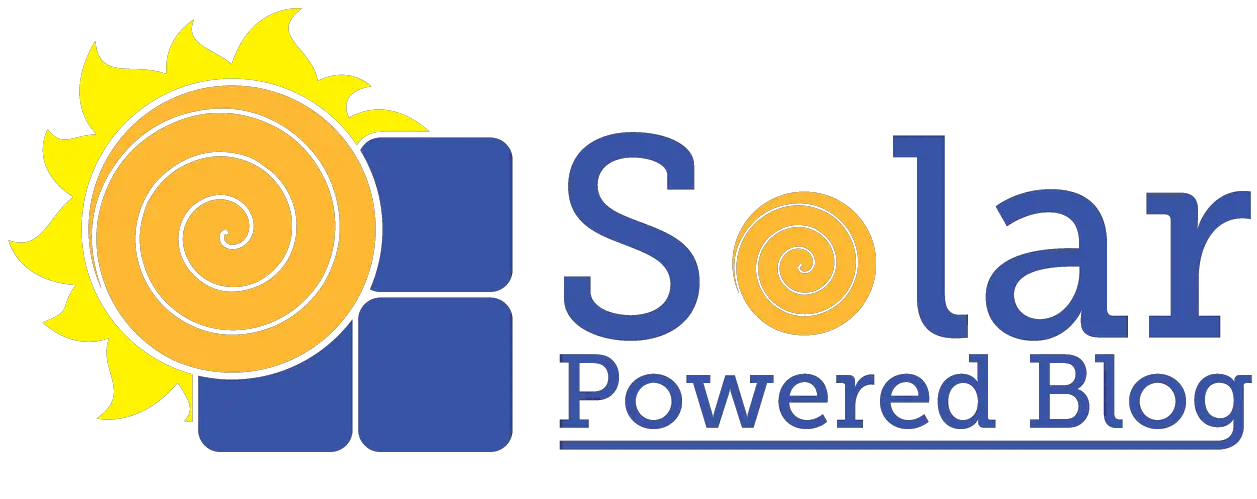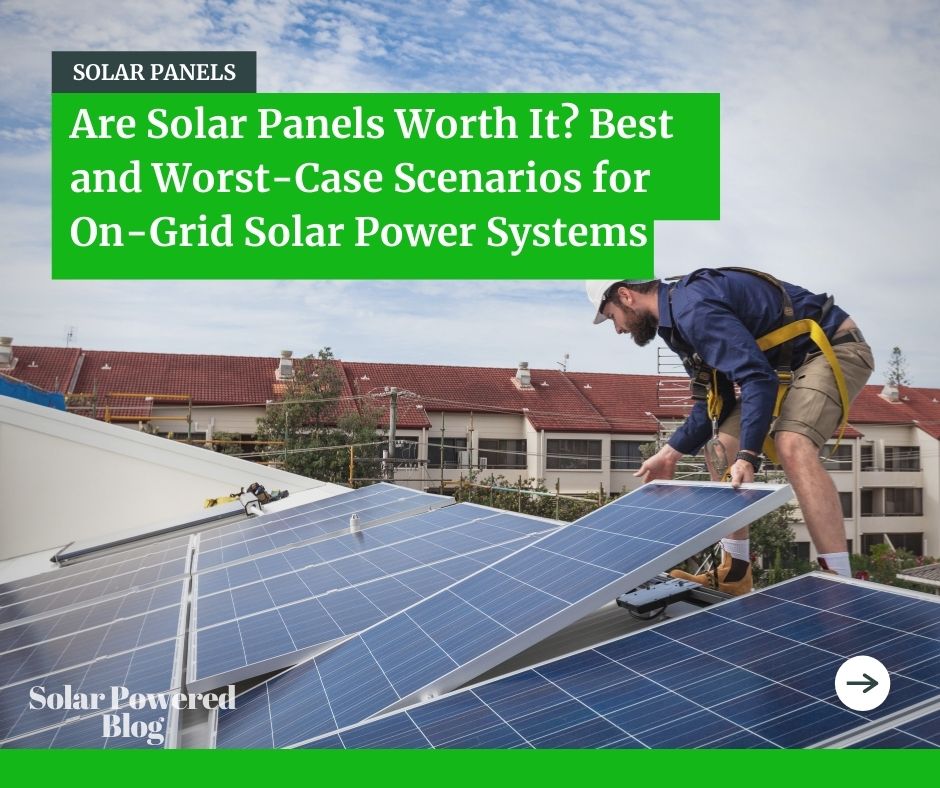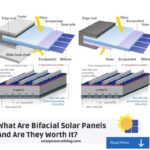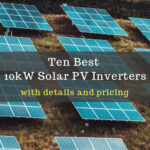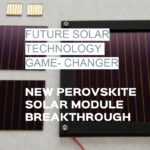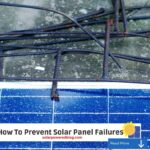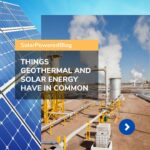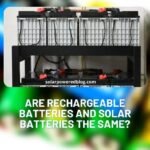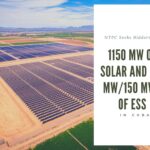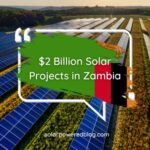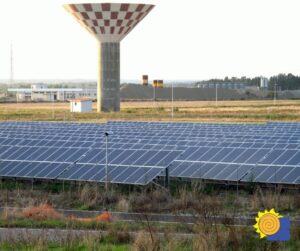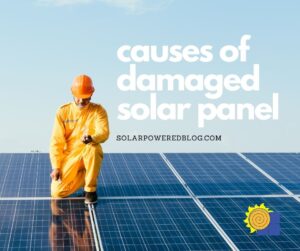So, you are looking for ways to reduce your expenses and save money for the future, but you see your electric bills soaring high every month. You start to think of installing solar panels to solve your problem, hoping to reduce electricity consumption from the grid and ultimately save some money.
However, you may have some questions in your mind, and you want to find the best answers for you to finalize the decision. What are the reasons why solar panels could be a good investment for your hard-earned income? Are they worth it?
In this article, we will help you decide whether installing solar panels is beneficial for you or not. We did extensive research regarding this topic to find out the best answers, so let us go!
Are Solar Panels Really Worth It?
Is it reasonable to install a solar power system? Solar panels are worth it because they give you the means to generate your own electricity from sunlight. Installing solar panels can bring a great advantage for homeowners, especially if they live in areas with high electricity rates, high sunlight exposure, and a dependable power grid.
The best scenario is when you have all of these factors plus the financial resources to start working on it immediately. Solar panels can significantly reduce, if not eliminate, monthly electric bills making it an excellent investment for the money. Additionally, you will reap even more benefits when you are in a city or state that offers tax breaks for solar panel installations.
There are a lot of factors why installing solar panels can be beneficial for you. To further explain this, we have listed below the main things that make solar panels very valuable.
- High Electricity Price
- High Solar Radiation Exposure
- Highly Reliable Power Grid
Let us talk about them one by one.
IMPORTANT NOTE: Before you invest your money in solar, make sure to run real-time calculations with your monthly electric bills. Compare it with the total cost of installation, and you will see if it would make sense or not. See an example of a 10kW solar system cost. Then, you decide.
#1 High Electricity Prices: Solar Power Is the Answer

The amount of money you pay every month for electricity is directly proportional to the electric company’s tariff. The tariff refers to the price per kilo-Watthour (kWh) rate for the electricity you use to power your home appliances every day.
High electricity rates are one of the main reasons why solar power is so attractive to many people. When you pay more than 0.10 USD or 10 cents per kWh, that is not cheap electricity anymore.
Which Country Has the Highest Electricity Prices?
Based on the latest statistics, Germany tops the highest average electricity prices in the world. The Germans pay about 0.38 USD per kWh while the people in Denmark trails on 2nd place with 0.33 USD/kWh, followed by Portugal with 0.31 USD/kWh. In the U.S., the average electricity rate is 0.15 USD for every kWh consumption.

Again, when you have a working solar power system connected to your home, you will reduce your energy consumption coming from the electric company.
When the Sun is pumping solar energy into your home, your appliances get power from solar first. It means solar has become your first-priority power source.
Two Occasions When You Will Use Electricity from the grid even with Solar Panels
You will only consume electrical energy from the grid on two occasions.
- One is during the night,
- and the other occasion is when you require more power than what solar is pumping during the day.
During the night, your source of solar energy is not around. So, you will be getting your power supply from the electrical grid. On the other hand, when your solar panels are not pumping enough due to some cloud shading or other causes, the electric company will be there to satisfy the power requirements.
Why Is Having High Electricity Tariffs A Good Reason to Install Solar Panels? (With Calculation)
It is very straightforward when you think about it. For every kWh of energy that your solar panels produce, its value is directly proportional to your electric company’s tariff.
The higher the electricity price, the higher your savings will be as well. It will make more sense when you compare your monthly electrical bill before installing solar panels to the one after.
Example Calculation For Household Electrical Consumption With Solar
For example, your household consumes 4,500 kWh on average each month. Without a solar panel installed, you will be paying around 675 USD if you are in the United States with an average rate of 0.15 USD/kWh.
Now, you install a 10kW solar power system, for example, which could generate 1,200 kWh in one month on average. Take note though, it will also depend on the solar panel efficiency. Your electric company will not charge you as much as before.
For 4,500-kWh electricity consumption, you will only pay for the 3,300 units. It is because the energy produced by solar is deducted from it. So, you will only pay 495 USD.
The way you calculate your savings is by deducting the electricity fees after installing the solar power system from the supposed bill when you did not have solar panels. So, you save 180 USD in a month for this example.
When the tariff is high, your savings from solar also increases. Realizing that solar panel prices are dramatically decreasing these days, installing a solar power system in this situation is very beneficial.
#2 High Solar Radiation Exposure Is Always Better

If you live on the sunny side, then installing solar panels is a no-brainer. Knowing that sunlight is the primary source of solar energy, taking advantage of solar technology is a great idea.
Solar radiation often called the solar resource, or just sunlight, is a general term for the electromagnetic radiation emitted by the Sun.
Energy.gov (Source)
Throughout the day, solar panels will convert sunlight into electricity in D.C. or direct current form. The solar inverter will then convert it into the usable A.C. or alternating current to power most of your home appliances.
The simple idea is that:
- The higher the solar energy exposure or irradiation, the more significant amount of solar energy you can harness from your solar panels.
- You can install 10,000 solar panels in a cloudy region. However, you will still produce a lesser amount of solar energy than a 1,000-module system in a sunny area.
You can know the intensity of sunlight exposure by knowing the solar irradiance in that particular area.
What is Solar Irradiance?
In simple terms, solar irradiance is the power that the Sun delivers on a unit area. The sunlight that hits a particular surface receives the Sun’s energy as electromagnetic radiation. It is measured in terms of Watts per square meter.
Interesting read: Bifacial Solar Panels
How Do You Know Your Area’s Solar Irradiance in the U.S.?
In the United States, you can easily see which states or areas are blessed with high solar energy harnessing potentials. According to NREL’s data, you can check the average solar insolation that a city or state experiences each year. In the image below, you can see the Direct Normal Solar Irradiance map.
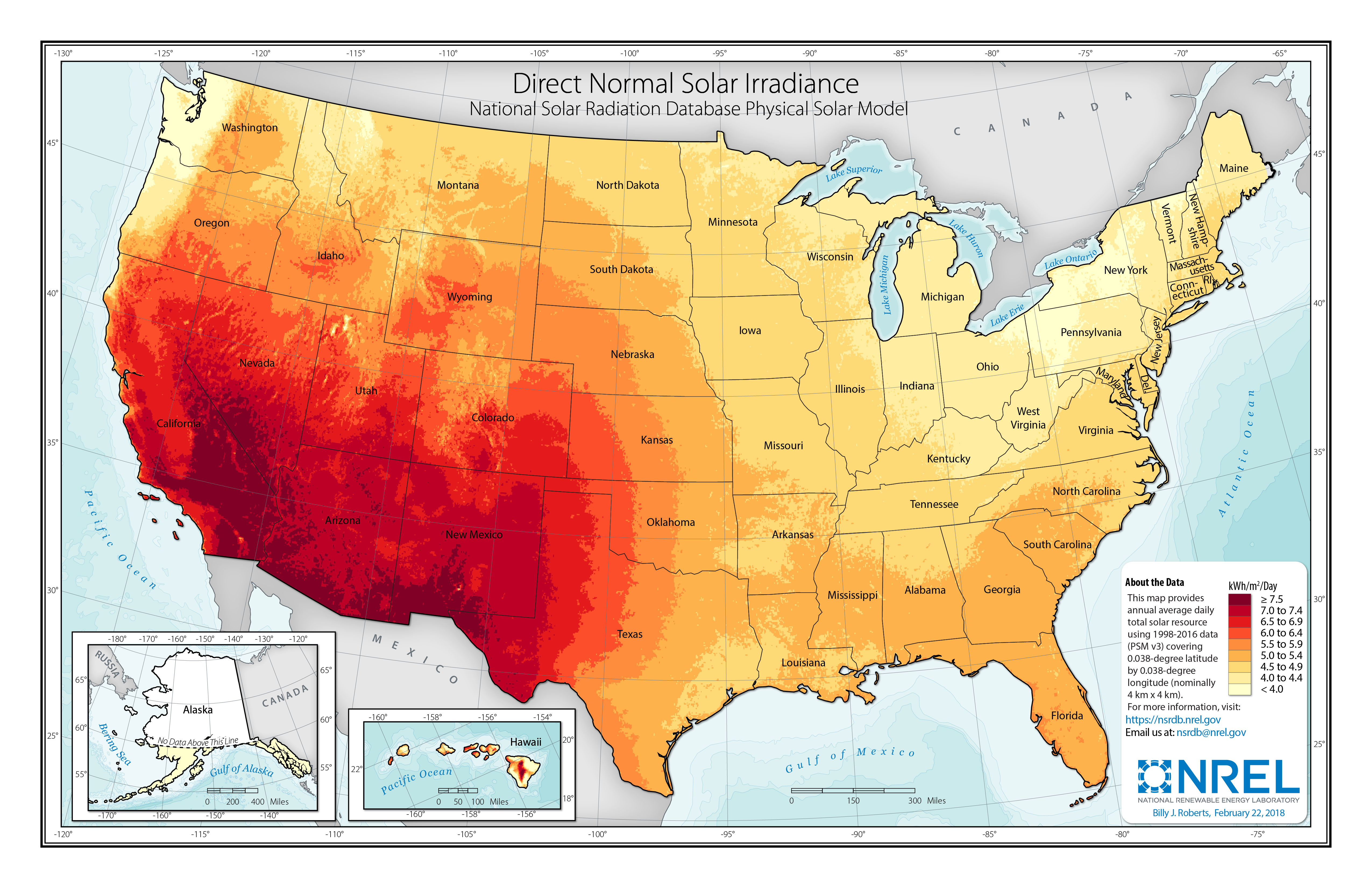
Base on the map above, you will have an idea of how much sunlight exposure your area will experience on average. The most suitable regions will be in the range of 6.5 and above, which is in terms of kWh per square meter per day.
#3 Highly Reliable Power Grid

It is a well-known fact that on-grid solar systems depend on the grid’s voltage and frequency as references. When the grid is stable and meets the parameters without any issue, the system starts to pump solar energy into the house to supply the power needs.
Highly reliable power grids provide continuous and stable voltage and frequency levels to the whole system in which on-grid solar setups love. This avoids any disturbances in pumping solar energy into your home or property, thus, your savings will also continue to grow.
Anti-islanding of On-Grid Solar Inverters
The solar power system protects itself from any disturbances that the grid experiences using the anti-islanding feature.
Anti-islanding is an on-grid inverter feature that allows the device to isolate whenever there is a grid-failure or unstable voltage/frequency values. It protects the solar panel system and keeps safe the people who might be working on the other side of the grid.
Moreover, it also means that you cannot use solar energy whenever the inverter senses any disturbances from the grid. That is why there is a need for a highly reliable power grid in order to maximize the utilization of solar PV systems.
NOT the Ideal Places for (On-Grid) Solar Installation
It is straightforward to spot a place where installing solar panels is instead a burden than advantageous for on-grid purposes. Find the opposite of the descriptions discussed above. Then, check if every reverse situation is present in that area.
If you have the combination of cheap electricity cost, low sunlight exposure, and unreliable power grid, then that’s the worst place to invest in solar panels.
1. Places with Unstable Electrical Power Grid
Having an unstable electrical grid is one of the recipes that will make an on-grid solar system fail. Aside from not maximizing solar energy use, it can even cause wear and tear to your components.
The inverters are capable of isolating and synchronizing themselves from the grid several times. Every time it senses an abnormal increase or decrease in the power grid voltage, it will disconnect itself from the electrical network. It goes the same with the grid frequency. When the grid normalizes, the solar inverter will wait for 5-10 minutes before integrating back to the network.
When you don’t have a reliable power grid, there’s a high probability your system will turn on and off multiple times during the day. It means the more interruptions on the power grid, the higher the chances that your electrical components fail, especially the solar inverters.
When your inverter is not working, the whole solar power system stops generating usable A.C. energy. The lost time and solar energy will be counted as lost opportunities. Your system will still age, and the timeline for your investment to give its fruits will continue to be unreachable.
2. Areas Where Electricity Price Is Inexpensive
Yes, there are places that the electricity tariffs are so cheap.
Electricity prices vary widely and sometimes even within a country itself, depending on factors like infrastructure, geography, and politically determined taxes and levies. In Germany, grid fees and the renewable surcharge make up nearly half of total electricity prices. German electricity prices sharply increased in 2012, following the Fukushima nuclear disaster and the government’s swift response in shutting down numerous nuclear reactors. As the country aims to transition away from fossil and nuclear energy, the share of renewable sources in electricity generation has notably increased. Since 2017 renewables have accounted for over Sone-third of the electricity produced.
Thanks to its great crude oil and natural gas production output and being a net exporter of energy, Qatar enjoys some of the cheapest electricity prices in the world. Here, the average household pays only 0.03 U.S. dollars per kilowatt-hour.
For solar power to make sense, the energy it generates must be so much cheaper than what you are currently paying to your local electric utility. Otherwise, people will not appreciate its value that much. So, if you are in a place where the kWh-rate is very low, people might ask you – what’s the point?
Although such places exist, people might still want to install solar panels, but it will not be for monetary purposes. There are still very few people who have this genuine passion for sustainable energy.
It doesn’t matter for them, even if they don’t save a considerable amount of money as long as they can contribute to lessening their carbon footprint. Such people are very commendable.
3. Places with Low Sunlight Exposure
For the solar panels, sunlight is life! When it is cloudy every day, and there is only a small amount of sunlight that could penetrate the surface, installing solar panels is not that attractive for the common people.
Many people, especially solar salespersons, will try to convince you that even though the sunlight exposure in your area is very low, solar panels are still good for you. This is not entirely true at all! You need to consider a few things in order to see a clear picture.
- Check how much energy you are supposed to harvest in your region considering the climate and cloud shading.
- Once you have the figures in kWh, compare it to your electricity consumption and calculate how much you will be saving each month.
- Then, look at the prices of the system installations.
- This time, you will have an idea of how many months or years it will take for the solar PV system to pay for itself.
Steps To Recognize If Solar Panels Are Worth It For You
After learning all the major factors that affect the worth of your solar panel investment, let us review the things you must do to make the right decision. Here are some quick steps in order for you to evaluate your situation when it comes to installing solar panels.
- Know Your Area’s Exposure to Sunlight
- Examine Your Monthly Electricity Bills
- Evaluate Your Power Grid Stability
- Know the Solar Power Regulations In Your Area
- Get at least 3 Residential Solar Quotes and Pricing
- Look for Good Loan Offers from Financial Institutions or Banks
- Go for Solar if Everything Looks Good
Final Thoughts: Are Solar Panels Really Worth It?

In conclusion, investing in solar panels will require more than just research and finding the right companies to install them. It also needs you to look at your bills, analyze the area you want to use for installing solar modules, and confirm your power grid’s reliability. It’s also important to check if your roof can handle the solar panel’s weight.
This way, you can maximize the benefit of solar energy. Knowing how solar panels are made will be a good start. Always make sure that installing solar panels is worth every penny so you can be confident in saving money towards a sustainable future.
Sign up to our newsletter now and be part of the Solar Powered Fam!
